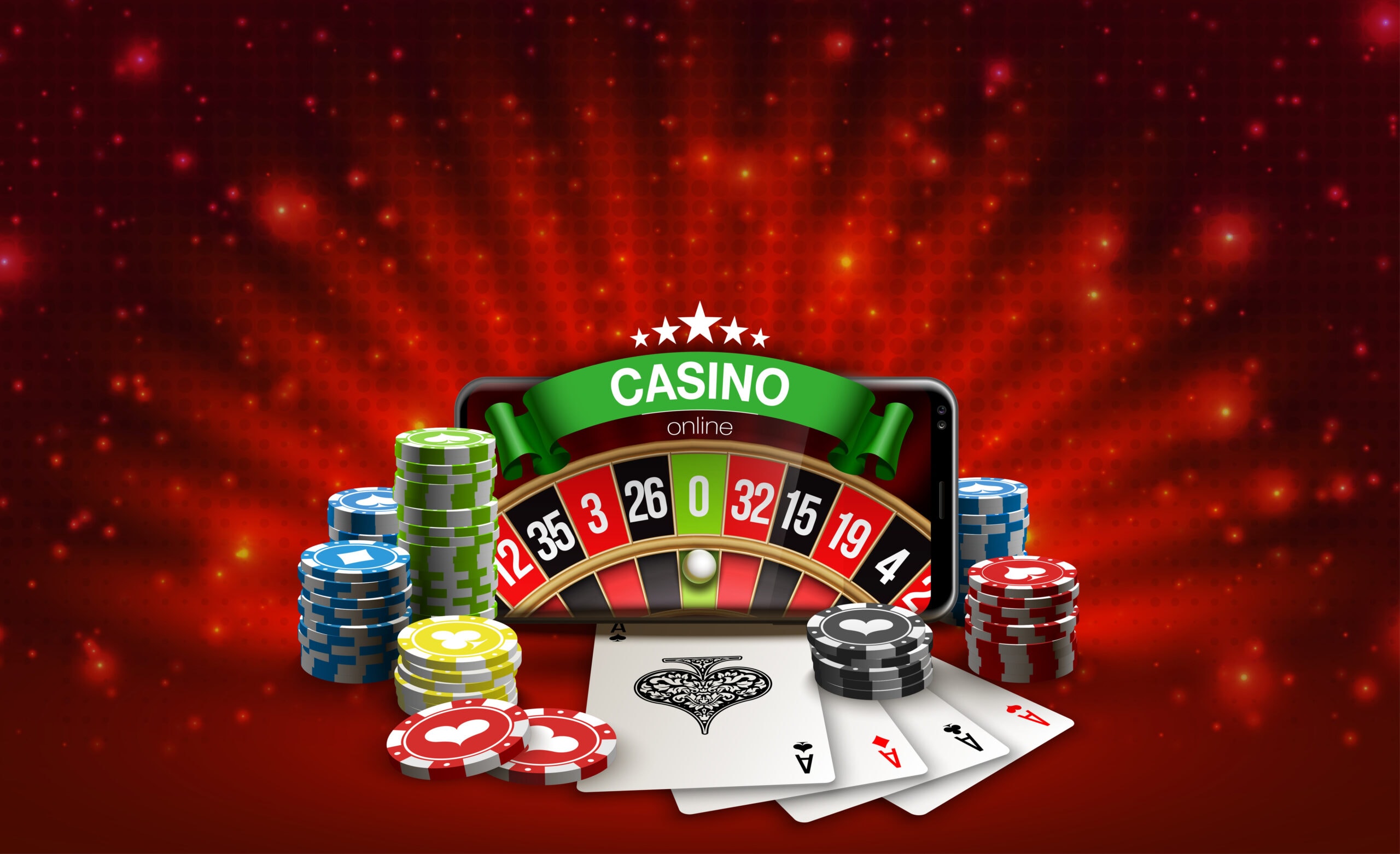In what way Gambling Games Use Hue and Style to Attract Players

In the lively and exciting world of casinos, wherein fortune and tactics intertwine, hues and design play a key role in drawing in gamblers. From the moment visitors step inside a casino or log into a gaming website, they are enveloped in a visual feast that grabs their attention and lures them to explore further. Bright colors, engaging graphics, and innovative layouts are meticulously crafted to create an environment of excitement and expectation, ultimately enhancing the gaming experience.
As players move through the dynamic landscape of casino games, they encounter a range of designs that not only serve visual purposes but also affect emotions and decision-making. Colors like red and gold symbolize riches and luck, while soothing navy and greens can create a much tranquil environment. Understanding how these elements work together allows casinos to create an welcoming and stimulating atmosphere that encourages players to engage with the games, spend additional time at the tables, and increase their overall enjoyment.
The Study of Tint in Casino Games
Color plays a critical role in the creation of casino games, influencing player emotions and responses. Vivid and bold hues, such as red and amber, are often used to ignite thrill and attract attention. These hues create a sense immediacy and vitality, encouraging players to participate more enthusiastically with the game. By thoughtfully selecting tints, designers aim to evoke feelings of joy and anticipation, which can enhance the overall gaming experience.
Different hues also have psychological meanings that can affect how players perceive their odds of success. For case, lime is commonly associated with fortune and abundance, making it a frequent choice in activities like the roulette wheel and poker games. This connection can cause participants to feel more hopeful and confident in their play, ultimately motivating them to bet more. Understanding these links allows game creators to craft environments that enhance player happiness and loyalty.
Moreover, the interface of casino game interfaces often employs color gradients and differing colors to direct players' actions. For instance, winning outcomes may be highlighted with striking, contrasting colors, creating a visual cue. This technique supports positive outcomes and promotes repeated gameplay. By exploiting the psychology of color, gaming venues can create games that not only draw players but also hold them interested and invested in their play experience.
Design Features that Engage Gamers
The aesthetic appeal of casino games is primarily influenced by the use of vibrant colors. Bright and striking colors are strategically chosen to create an appealing atmosphere that grabs attention. For example, reds and golds often signify luck and wealth, which is why they are prevalent in the color schemes of gaming machines and game surfaces. These colors not only attract players in, but they also stir emotions associated with thrill and expectation, enhancing the overall gaming experience.
In addition to color, the aesthetic and layout of casino games play a significant role in player attraction. Games are designed to be intuitive, ensuring that players can easily understand the rules and mechanics. User-friendly interfaces, along with captivating graphics and animations, help maintain gamer interest and promote extended play sessions. The physical elements, such as the texture of the controls and the audio of the games, also add to a comprehensive sensory experience that keeps players engaged.
In conclusion, thematic elements in gaming design can greatly influence player choice. Many casino games are inspired by popular culture, fairy tales, or exploration motifs, featuring symbols and characters that resonate with players. These themes create a sense of engagement and connection, making each game feel unique. When players feel a connection to the theme, they are more likely to choose that game over others, leading to higher participation and excitement within the casino environment.
Case Studies: Successful Casino Game Designs
One prime example of successful gambling game design is the well-known slot machine series based around hit movies. Games such as those based on the The Wizard of Oz and Game of Thrones utilize dynamic colors and top-notch graphics to immerse players in familiar narratives. The application of moving visuals and captivating sound effects grabs the interest of players, establishing an affective connection to the theme. This tactic not just promotes longer play but also enhances the overall gaming experience, yielding increased player retention.
Another notable case is the use of color psychology in table games like 21 and the wheel. Casinos often develop these games with dark reds and greens, colors traditionally connected with luck and wealth. 88clb For instance, the green felt on a 21 table provides a soothing effect, while the crimson accents in roulette invite excitement. 88clb This deliberate use of color helps to establish an inviting atmosphere that stimulates players to engage, addressing their psychological impulses and increasing their enjoyment.
Finally, online casino games that incorporate social features and bright, lively designs have seen remarkable success in engaging players. Games like Zynga Poker and Slotomania leverage striking colors and playful animations to establish an inviting online environment. The addition of leaderboards, community sharing options, and in-app rewards promotes competition and community, drawing players in for longer sessions. Such designs merely make the games visually enticing but also highlight social connectivity, a key factor in player retention and engagement within digital casino environments.
